SG-43 Goryunov — Soviet Union’s “Cheap” Medium Machine Gun

In the late 1930s, the Soviet Red Army began to consider a replacement for the PM M1910 water-cooled machine gun that was based on the Maxim design. As it happened, the Kremlin put great faith in a medium machine gun designed by Vasily Degtyaryov — who had designed the DP-27 light machine gun.
While the DP-27, with its top-loading pan magazine, proved reliable, it was hardly the most successful example of an LMG. And yet, it was likely a far better design than the DS-39, which was accepted by the Red Army in September 1939. About 10,000 were manufactured until 1941, shortly after the German invasion of the Soviet Union in late June of that year. It proved to be the wrong weapon and many factories were converted to produce the older, more reliable PM M1910.
Of course, the Soviets made a similar course change with the SVT-40 semi-automatic rifle, with production reverting to the time-tested Mosin Nagant bolt-action rifle. As the nation was quite literally fighting for its very existence, the Red Army didn’t have time to refine designs that needed refinement. Instead, it went with what had worked well.
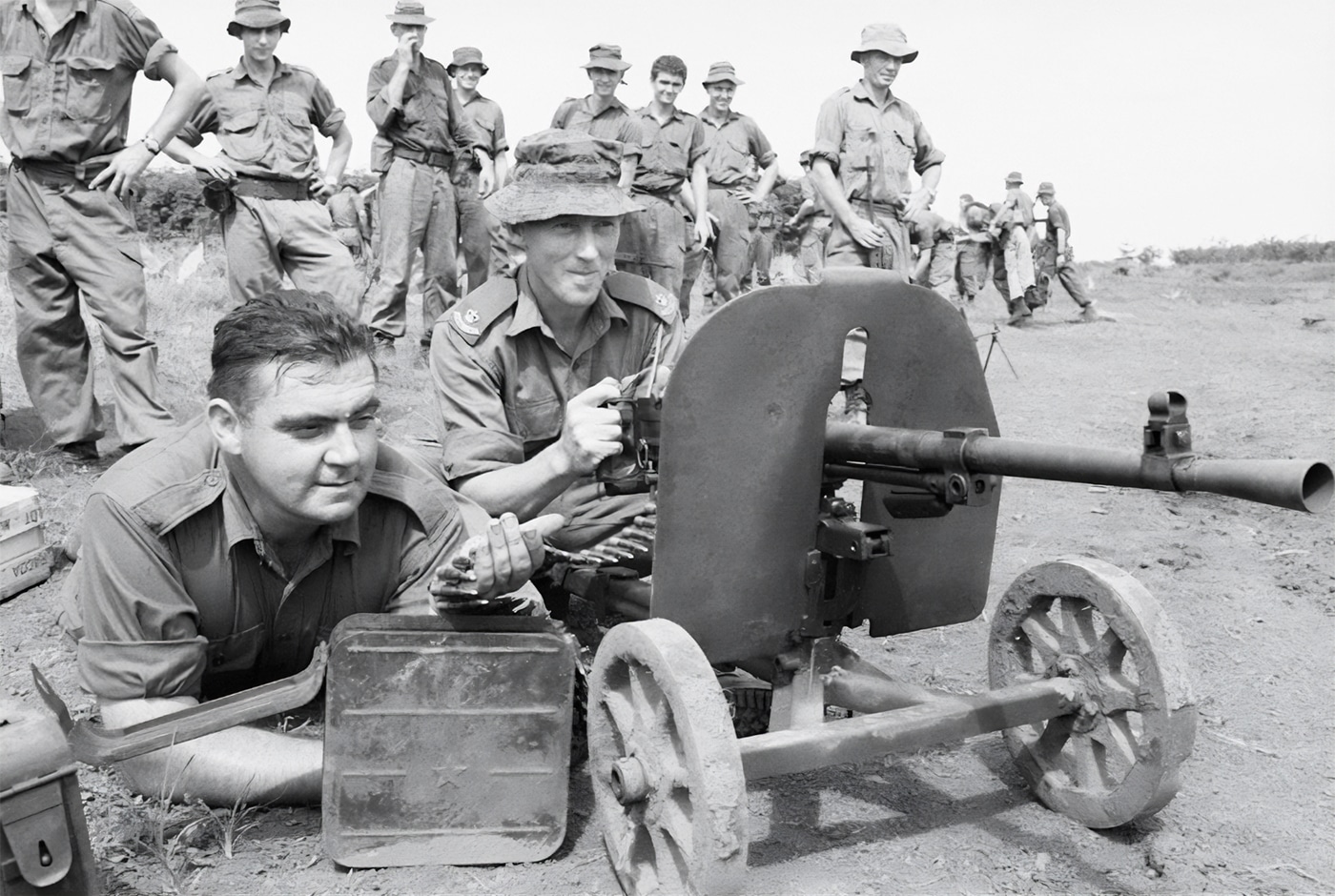
However, as the Germans quickly overran much of the western Soviet Union, the remaining factories in the east couldn’t ensure the supply of medium machine guns or keep up with demand. The PM M1910 was indeed reliable, but it was time-consuming to build. Moscow was faced with two choices: either build more factories and train more workers, or find a fresh design that was simpler, quicker and — most importantly — cheaper to produce.
Given that the Soviets went with the Mosin Nagant, it almost seems odd that the latter option was chosen. But it was a gamble that ended up paying off.
Enter the SG-43 Medium Machine Gun
While the Soviet military struggled to produce the PM M1910, a design team led by Pyotr Goryunov at the Kovrov Machinegun Plant (now the Degtyaryov Plant) in the city of Kovrov began working on a medium machine gun initially meant for tanks. However, according to the late Ian Hogg (a noted machine gun historian) the design was presented to Red Army officials in June 1942, who considered it for use with the infantry.
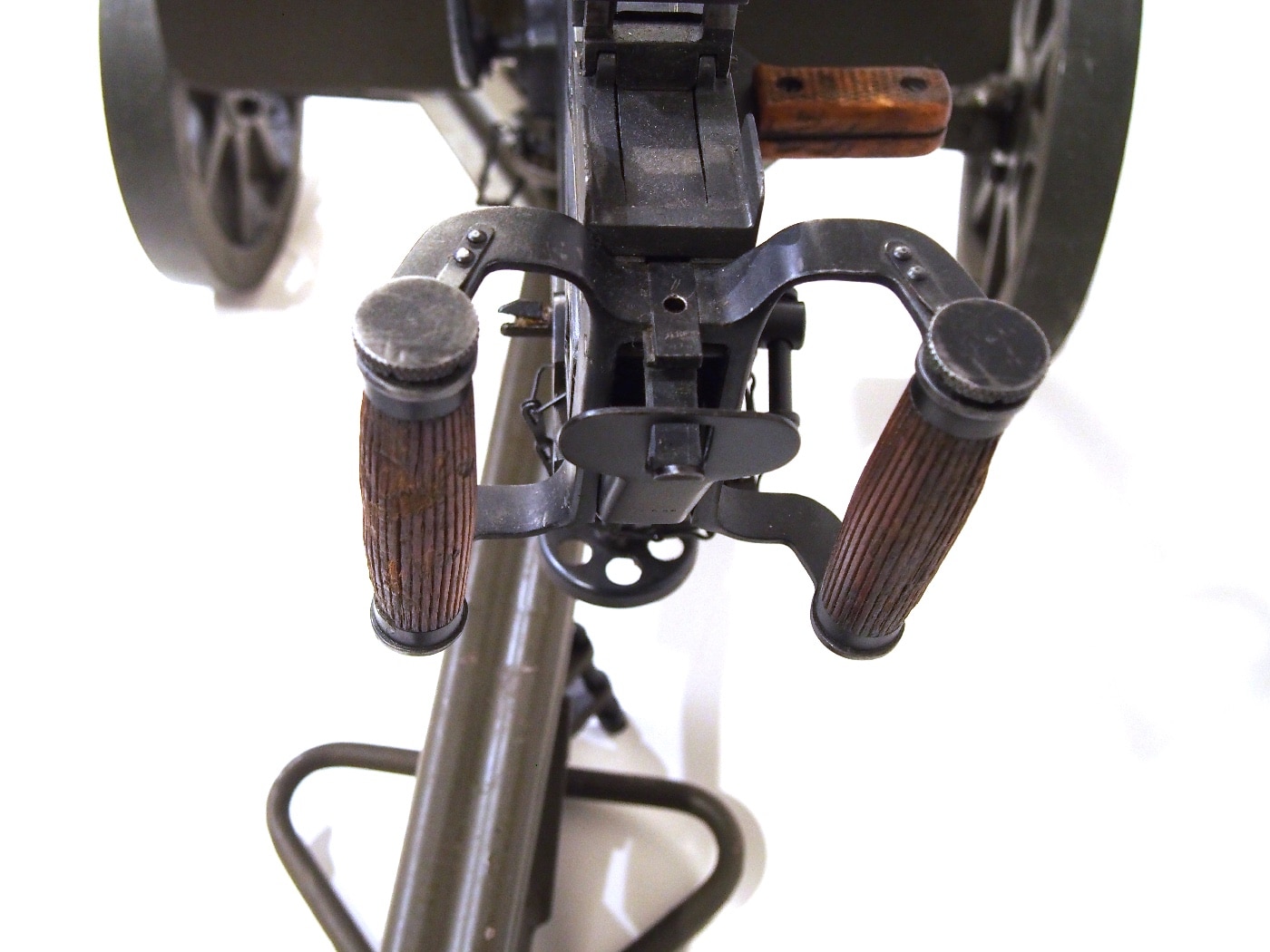
It was noted for combining the mechanism features from Degtyarev, the Browning Automatic Rifle (BAR) and other weapons developed in the interwar era.
The team was given the green light to produce three prototypes. Those were subsequently used in a variety of tests, but to avoid the mishaps of the DS-39 the test commission ordered 50 more made, with some sent to the Infantry School, while some were even employed in frontline combat.
Thus, the weapon had its baptism of fire in combat even before it was formally adopted.
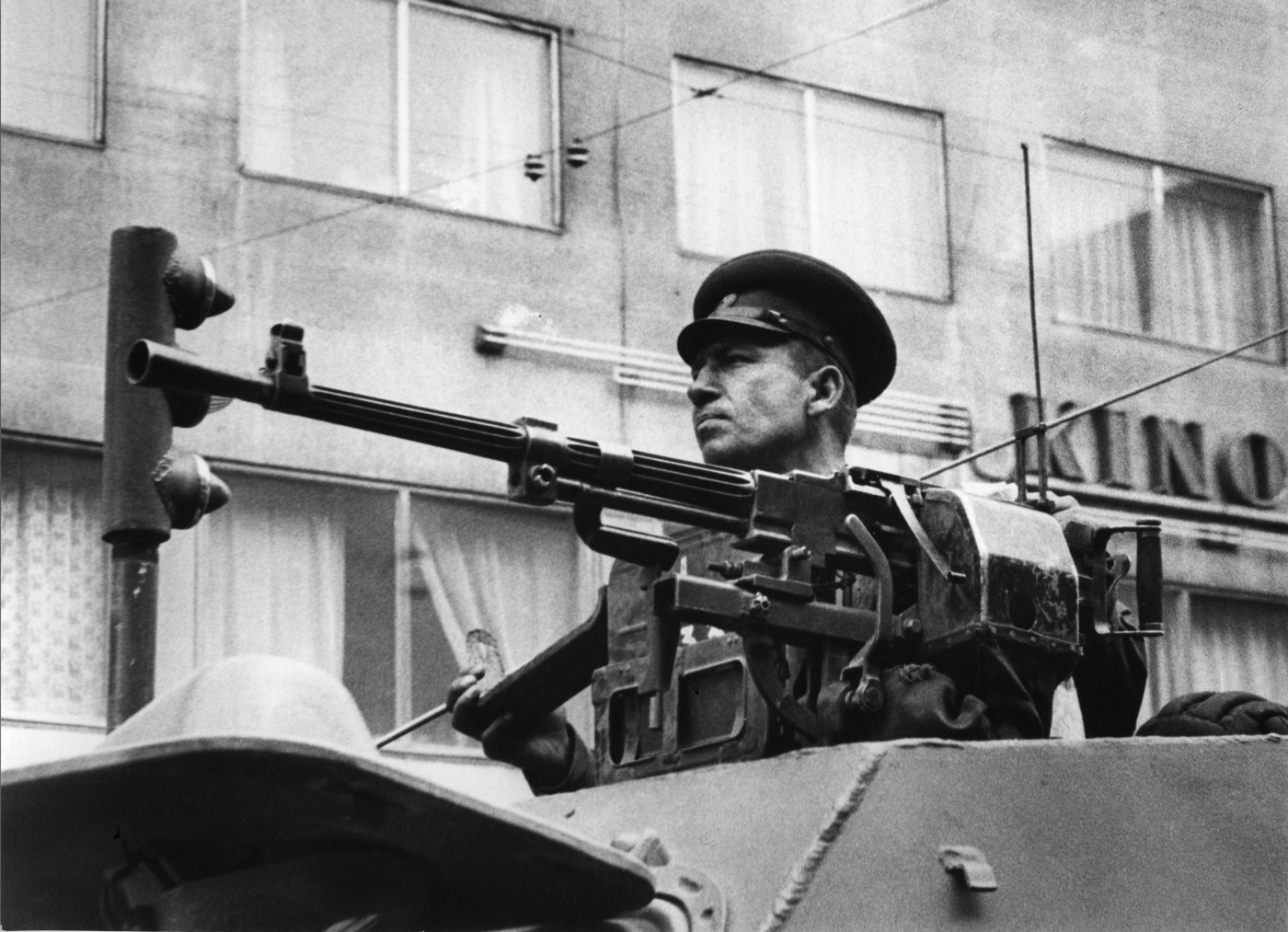
Generally the reports from the frontlines were that it was well-received, and after a few minor changes were made based on the field tests, the weapon was adopted as the 7.62x54mmR Stankovyy pulyemyot sistyemy Goryunova (translated to “Mounted machinegun, Goryunov design”).
The SG-43, as it is more commonly known, was gas-operated while employing a tilting breechblock that moved sideways and locked into the side of the receiver. The rear end of the bolt actually moved sideways into the receiver, and it proved to be a simple and robust system that rarely gave trouble to the operator.
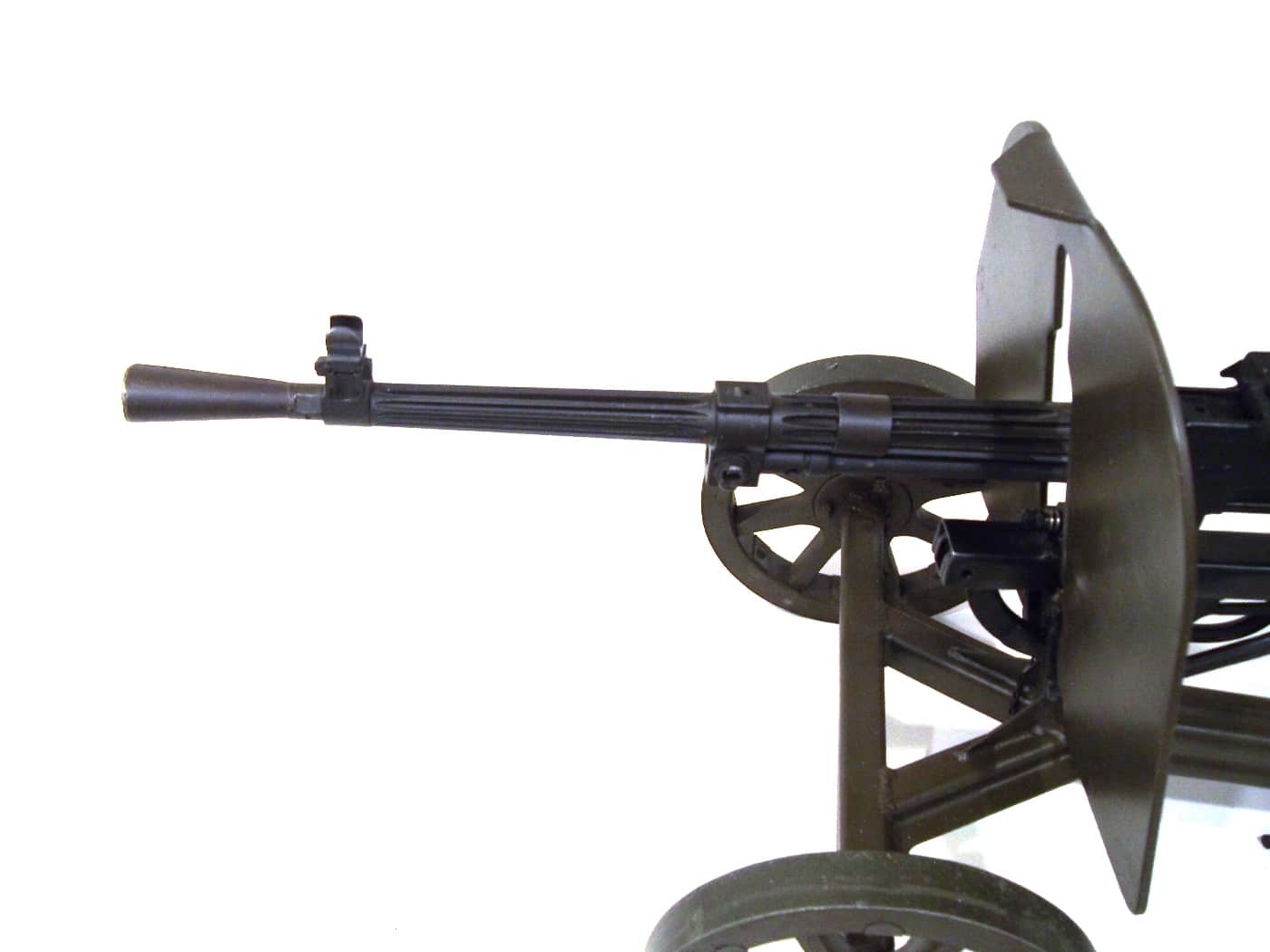
Feed was from a belt, and the SG-43 was typically mounted on a wheeled carriage not that different from the PM M1910’s Sokolov Mount. However, the mount was clearly meant to be an evolutionary step forward. It was usually employed with a heavy steel shield to protect the gunner.
Unlike the Maxim-based machine gun, the SG-43 was air-cooled and beefy in its construction, which contributed to its fairly high overall weight. The bore of the barrel was chromium-plated, which allowed it to withstand continued fire for long periods — yet, it was still easily changed, thanks in part to a carrying handle that would seem otherwise unnecessary with such a heavy weapon. The earliest models were fitted with a finned barrel, but most wartime models had a smooth barrel.
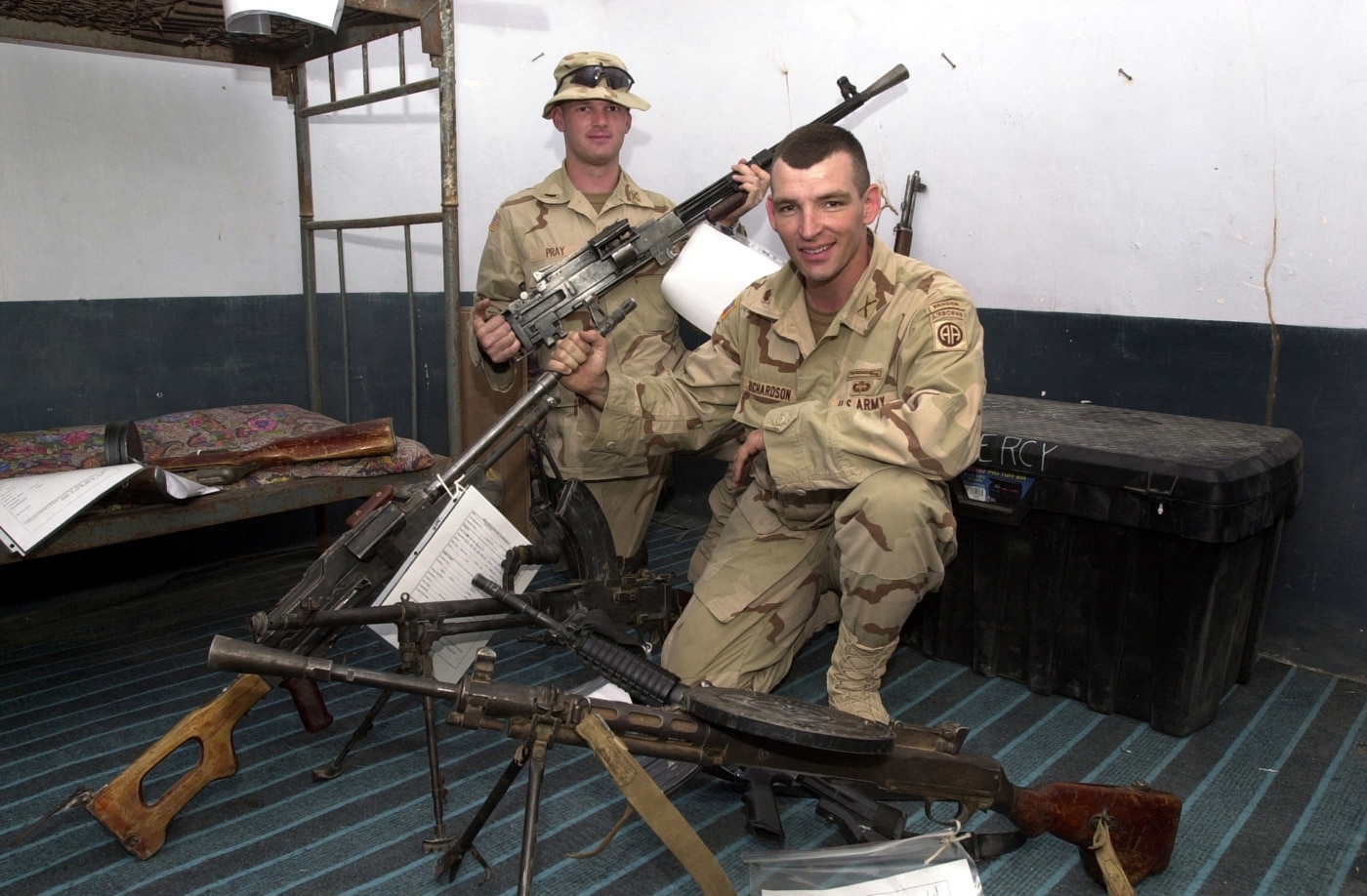
Hogg offered high praise of the design in his seminal book “Machine Guns: 14th Century to the Present” (Krause Publications, 2002), writing:
The Goryunov SG-43 was a brilliantly simple design, using a bolt that shifted its rear end sideways to lock into the receiver. It had a heavy quick-change barrel, was belt-fed, and fitted on the same wheeled mount that carried the Maxim 1910 gun. It was later modified to become the SGM: the visual difference lies in the barrel, smooth on the SG-43, longitudinally ribbed on the SGM, and in the cocking handle, a vertical handle between the spade grips at the rear of the receiver in the SG-43 and in the conventional right side position on the SGM.
Several variants were also developed, including the SGMT coaxial tank gun and the SGMB vehicle-mounted gun. The SG-43 in all models was typically fed by 200- or 250-round metal belts. It offered a rate of fire of 650 rounds per minute and had an effective range of 1,000 meters.
Cold War Work Horse
Though the SG-43 entered service in June 1943, it remained in use as the standard Soviet Army medium machine gun well into the 1960s.
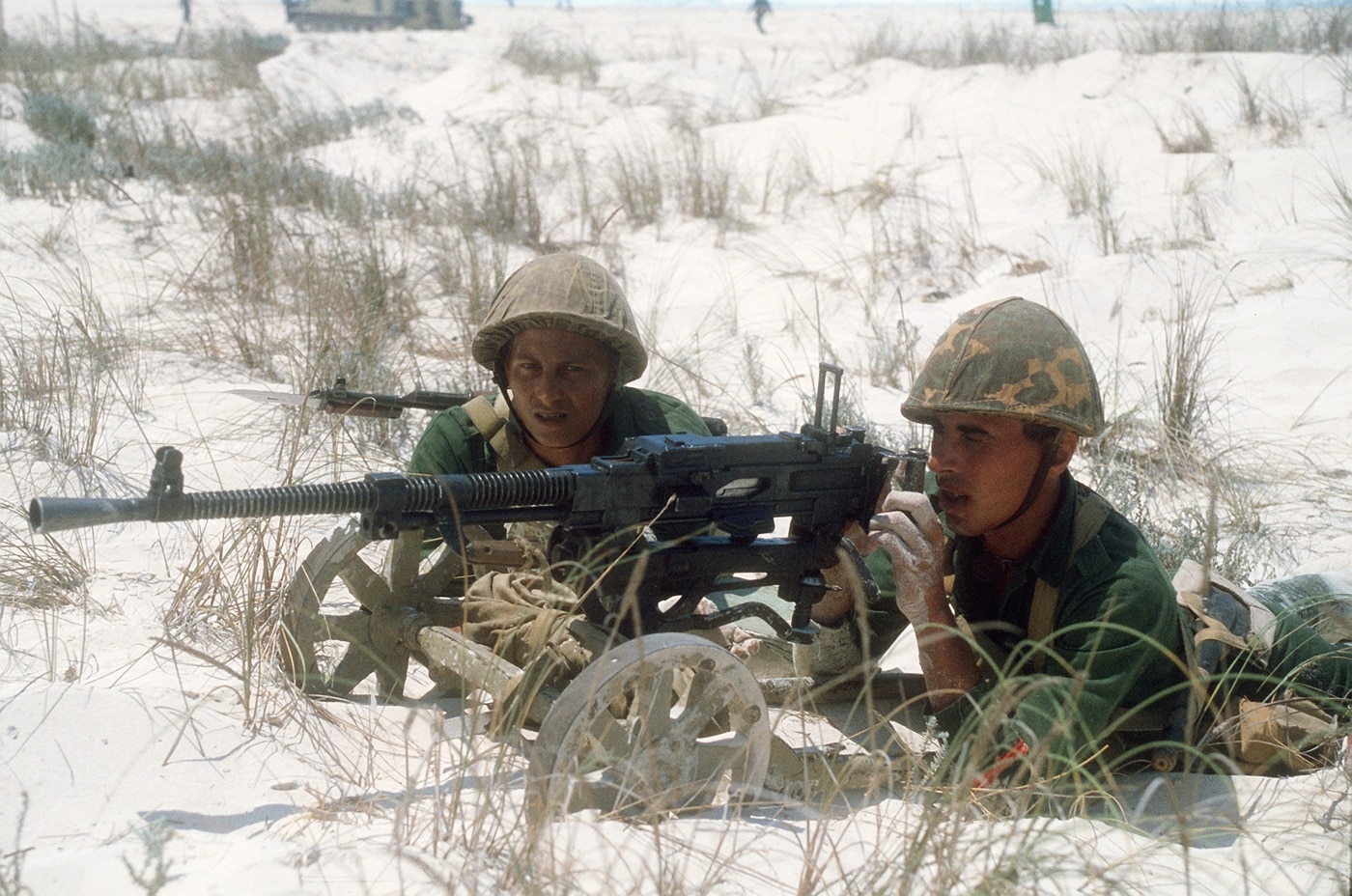
The SG-43/SGM was also widely exported and licensed for construction in several countries — including as the Type 53 and Type 57 in China (the SG-43 and SGM respectively), and as the Kulomet vz. 43 in communist Czechoslovakia. The SGMB was also produced as the Asswan in Egypt.
It saw service with the Soviet Army in the Hungarian Revolution of 1956, but in foreign use was employed in the Korean War, the Vietnam War, and numerous civil wars in Africa, Asia and the Middle East. The SGM was still in use with some Afghan units in the late 1970s and, in an ironic twist, was employed against the Soviet Army in the Soviet-Afghan War of the 1980s.
Even today, while it has largely been replaced by more modern medium machine guns — notably the Soviet-designed PKM — the SG-43/SGM is reported to see action in Yemen and Syria.
SG-43 and SGM in Popular Culture
The SG-43/SGM is hardly one of the more famous Soviet firearms designs, and one factor could be that it has hardly appeared in any Western-made films — though it has appeared in dozens of Soviet-made films, but only those made after World War II. In fact, its first appearance in a movie was only in 1955’s Maksim Perelitsa, a Soviet-made comedy that has the distinction of also being the first film to feature the iconic AK-47.
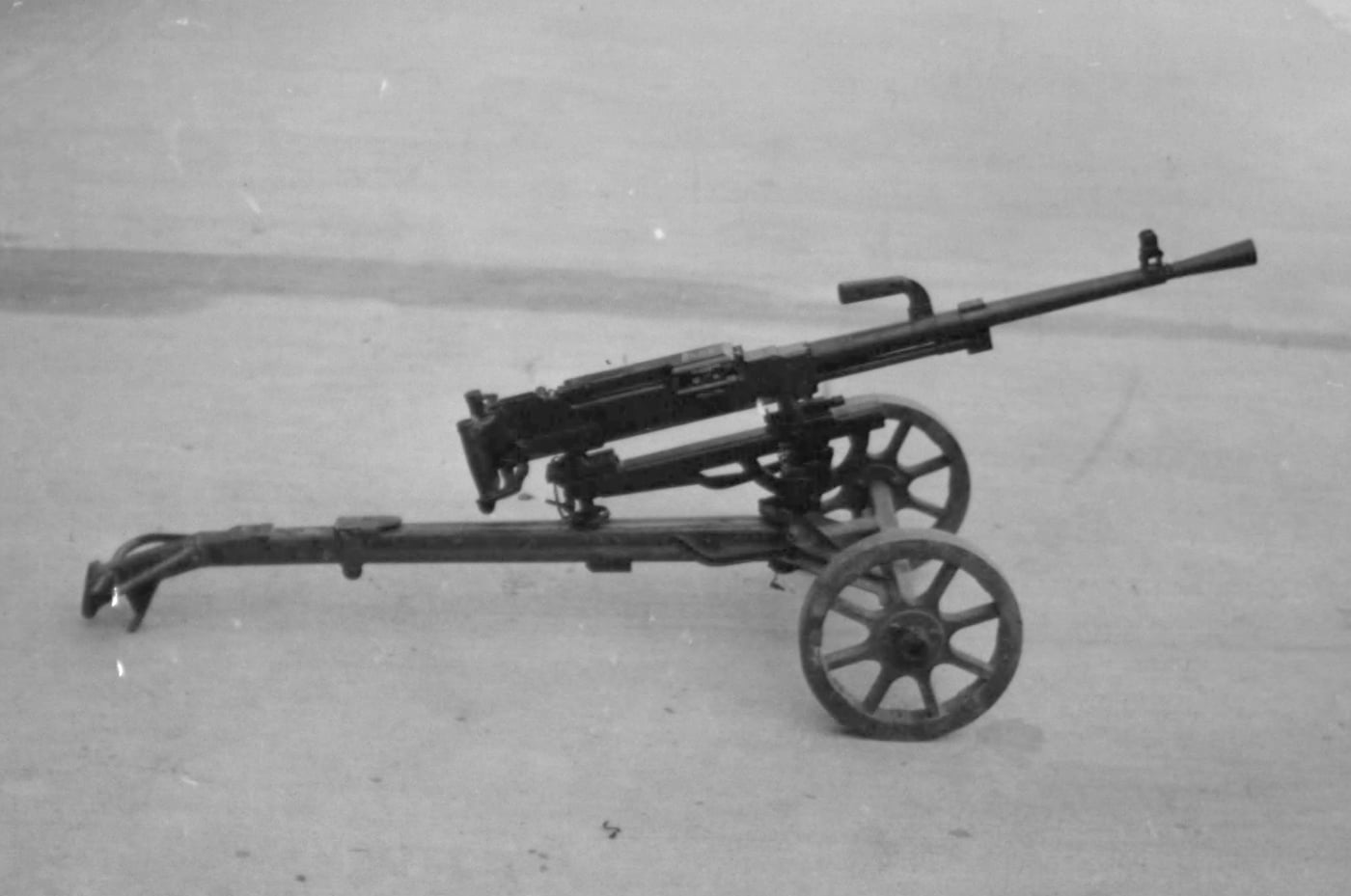
The first non-Soviet film to feature an SG-43 variant was 1969’s low-budget Kill Rommel, which featured small arms supplied by Israeli armorers. It is thus likely the Goryunov SGMB seen mounted on a German armored car (something that would be impossible given the timeline) was likely captured by Israeli forces from Egypt possibly in the Six Day War of 1967. Interestingly, a single SG-43 is briefly seen in the action-comedy Ishtar (1987), which was filmed in Morocco. It is also believed that the small arms seen in the film were supplied from Israeli armorers.
An SGM is seen in the 2019 Australian film Danger Close: The Battle of Long Tan, which depicted the August 1966 engagement between Australian and People’s Army of Vietnam (PAVN)/Viet Cong (VC) units.
It would be safe to say that SG-43 is a firearm that shouldn’t be forgotten — it’s just waiting for its close-up!
Editor’s Note: Please be sure to check out The Armory Life Forum, where you can comment about our daily articles, as well as just talk guns and gear. Click the “Go To Forum Thread” link below to jump in and discuss this article and much more!
Join the Discussion
Read the full article here







